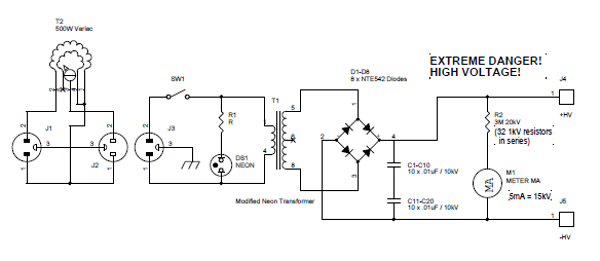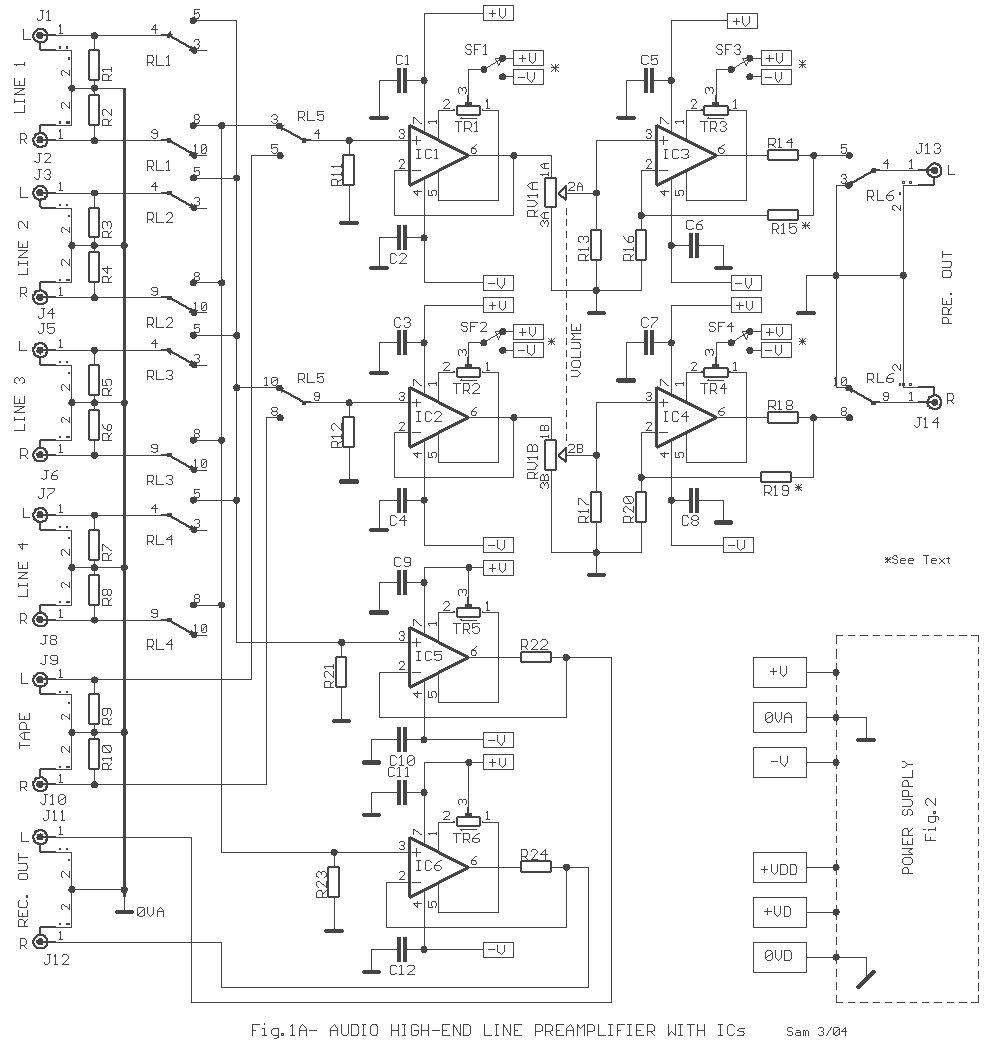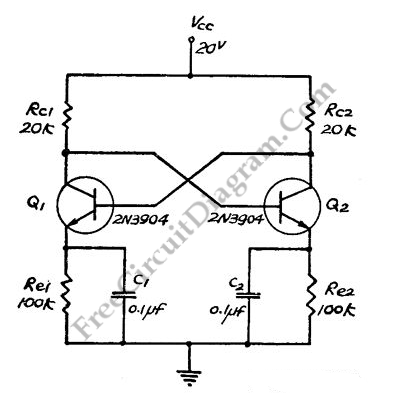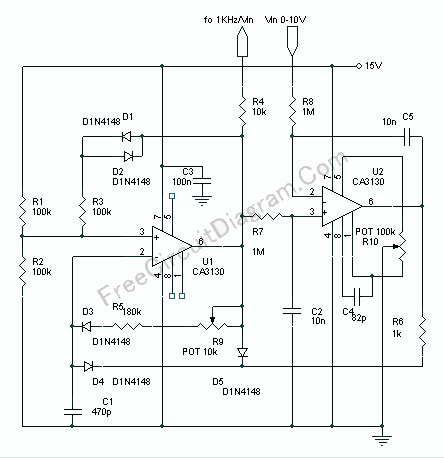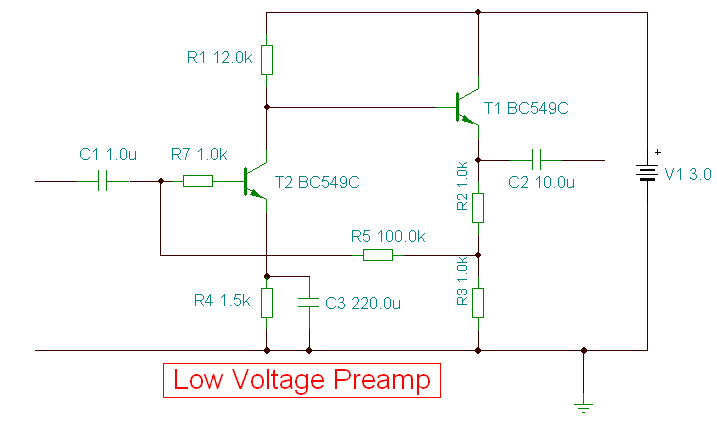
High voltage direct current
Long-distance high-voltage direct current (HVDC) lines transmit hydroelectricity from Canada's Nelson River to a converter station, where it is converted to alternating current (AC) for use in southern Manitoba's electrical grid. HVDC systems utilize direct current for bulk power transmission, contrasting with the more prevalent alternating current (AC) systems. For long-distance transmission, HVDC systems can be more cost-effective and incur lower electrical losses. In underwater power cables, HVDC mitigates the substantial currents needed to charge and discharge cable capacitance each cycle. Although the cost of DC conversion equipment is higher than that of AC systems for shorter distances, the benefits of direct current links can justify the expense. HVDC facilitates power transmission between unsynchronized AC systems, allowing for independent control of power flow through an HVDC link, which can stabilize networks against disturbances from rapid power changes. Additionally, HVDC enables power transfer between grids operating at different frequencies, such as 50Hz and 60Hz, enhancing the stability and efficiency of each grid by enabling power exchange between incompatible networks. The contemporary HVDC transmission technology has its roots in developments from the 1930s in Sweden (ASEA) and Germany. Early commercial applications included a Soviet installation in 1951 between Moscow and Kashira, and a 100kV, 20MW system connecting Gotland to mainland Sweden in 1954. The longest HVDC link globally is currently the Xiangjiaba to Shanghai link, spanning 2,071 km (1,287 miles) at ±800kV and 6,400MW, connecting the Xiangjiaba Dam to Shanghai in China. By early 2013, the longest HVDC link was projected to be the Rio Madeira link in Brazil, featuring two bipoles of ±600kV, 3,150MW each, connecting Porto Velho in Rondônia to the São Paulo area, with a total DC line length of 2,375 km (1,476 miles). High voltage is essential for electric power transmission to minimize energy losses due to wire resistance. For a given power level, doubling the voltage allows transmission at half the current, reducing line losses by a factor of four, as power loss is proportional to the square of the current. While increasing conductor size can also reduce transmission losses, larger conductors are heavier and more costly. High voltage is unsuitable for lighting or motor applications, necessitating voltage reduction for end-use equipment. Transformers are employed to adjust voltage levels in AC transmission circuits. AC gained dominance after the War of Currents, where Thomas Edison’s DC system competed against George Westinghouse’s AC system, due to the practicality of voltage changes enabled by transformers and the higher efficiency of AC generators. The practical conversion of power between AC and DC was made possible through advancements in power electronics devices, including mercury-arc valves and, from the 1970s onward, semiconductor devices such as thyristors, integrated gate-commutated thyristors (IGCTs), MOS-controlled thyristors (MCTs), and insulated-gate bipolar transistors (IGBTs). The first long-distance electric power transmission using direct current was demonstrated in 1882 at Miesbach-Munich, transmitting 1.5kW. An early high-voltage DC transmission method was developed by Swiss engineer René Thury, implemented in 1889 in Italy by the Acquedotto De Ferrari-Galliera company, utilizing series-connected motor-generator sets to boost voltage levels.
High-voltage direct current (HVDC) technology represents a significant advancement in the field of electrical power transmission, particularly for long-distance and underwater applications. The primary advantage of HVDC systems lies in their ability to transmit electricity over vast distances with minimal losses, making them ideal for connecting remote renewable energy sources, such as hydroelectric plants, to urban consumption centers. The conversion process from DC to AC at the receiving end is facilitated by sophisticated converter stations, which utilize power electronic devices to ensure efficient operation and grid compatibility.
The design of HVDC systems includes several critical components: converter stations, transmission lines, and control systems. Converter stations are equipped with thyristors or IGBTs that manage the conversion of DC to AC and vice versa, allowing for seamless integration into existing AC grids. Transmission lines, often constructed from specialized materials to withstand high voltages, are designed to minimize resistive losses and ensure structural integrity over long spans. Control systems play a vital role in regulating power flow, maintaining stability, and enabling communication between interconnected grids.
The implementation of HVDC technology has revolutionized the energy landscape by facilitating the interconnection of disparate power systems, enhancing grid reliability, and enabling the integration of renewable energy sources. As global energy demands evolve, the continued development and deployment of HVDC systems will be essential for achieving sustainable and efficient power transmission solutions.Long distance HVDC lines carrying hydroelectricity from Canada`s Nelson river to this converter station where it is converted to AC for use in southern Manitoba `s grid A high-voltage, direct current (HVDC) electric power transmission system uses direct current for the bulk transmission of electrical power, in contrast with the more common alterna ting current (AC) systems. [1] For long-distance transmission, HVDC systems may be less expensive and suffer lower electrical losses. For underwater power cables, HVDC avoids the heavy currents required to charge and discharge the cable capacitance each cycle.
For shorter distances, the higher cost of DC conversion equipment compared to an AC system may still be warranted, due to other benefits of direct current links. HVDC allows power transmission between unsynchronized AC transmission systems. Since the power flow through an HVDC link can be controlled independently of the phase angle between source and load, it can stabilize a network against disturbances due to rapid changes in power.
HVDC also allows transfer of power between grid systems running at different frequencies, such as 50Hz and 60Hz. This improves the stability and economy of each grid, by allowing exchange of power between incompatible networks.
The modern form of HVDC transmission uses technology developed extensively in the 1930s in Sweden ( ASEA ) and in Germany. Early commercial installations included one in the Soviet Union in 1951 between Moscow and Kashira, and a 100kV, 20MW system between Gotland and mainland Sweden in 1954.
[2] The longest HVDC link in the world is currently the Xiangjiaba Shanghai 2, 071km (1, 287mi), ±800kV, 6400MW link connecting the Xiangjiaba Dam to Shanghai, in the People`s Republic of China. [3] Early in 2013, the longest HVDC link will be the Rio Madeira link in Brazil, which consists of two bipoles of ±600kV, 3150MW each, connecting Porto Velho in the state of RondG nia to the SG£o Paulo area, where the length of the DC line is 2, 375km (1, 476mi).
[4] High voltage is used for electric power transmission to reduce the energy lost in the resistance of the wires. For a given quantity of power transmitted, doubling the voltage will deliver the same power at only half the current.
Since the power lost as heat in the wires is proportional to the square of the current for a given conductor size, but does not depend on the voltage, doubling the voltage reduces the line losses per unit of electrical power delivered by a factor of 4. While power lost in transmission can also be reduced by increasing the conductor size, larger conductors are heavier and more expensive.
High voltage cannot readily be used for lighting or motors, so transmission-level voltages must be reduced for end-use equipment. Transformers are used to change the voltage levels in alternating current (AC) transmission circuits.
AC became dominant after the War of Currents competition between the direct current (DC) system of Thomas Edison and the AC system of George Westinghouse because transformers made voltage changes practical, and AC generators were more efficient than those using DC. Practical conversion of power between AC and DC became possible with the development of power electronics devices such as mercury-arc valves and, starting in the 1970s, semiconductor devices as thyristors, integrated gate-commutated thyristors (IGCTs), MOS-controlled thyristors (MCTs) and insulated-gate bipolar transistors (IGBT).
[5] The first long-distance transmission of electric power was demonstrated using direct current in 1882 at Miesbach-Munich Power Transmission, but only 1. 5kW was transmitted. An early method of high-voltage DC transmission was developed by the Swiss engineer RenG© Thury [6] and his method was put into practice by 1889 in Italy by the Acquedotto De Ferrari-Galliera company.
This system used series-connected motor-generator sets to increase the volta 🔗 External reference
High-voltage direct current (HVDC) technology represents a significant advancement in the field of electrical power transmission, particularly for long-distance and underwater applications. The primary advantage of HVDC systems lies in their ability to transmit electricity over vast distances with minimal losses, making them ideal for connecting remote renewable energy sources, such as hydroelectric plants, to urban consumption centers. The conversion process from DC to AC at the receiving end is facilitated by sophisticated converter stations, which utilize power electronic devices to ensure efficient operation and grid compatibility.
The design of HVDC systems includes several critical components: converter stations, transmission lines, and control systems. Converter stations are equipped with thyristors or IGBTs that manage the conversion of DC to AC and vice versa, allowing for seamless integration into existing AC grids. Transmission lines, often constructed from specialized materials to withstand high voltages, are designed to minimize resistive losses and ensure structural integrity over long spans. Control systems play a vital role in regulating power flow, maintaining stability, and enabling communication between interconnected grids.
The implementation of HVDC technology has revolutionized the energy landscape by facilitating the interconnection of disparate power systems, enhancing grid reliability, and enabling the integration of renewable energy sources. As global energy demands evolve, the continued development and deployment of HVDC systems will be essential for achieving sustainable and efficient power transmission solutions.Long distance HVDC lines carrying hydroelectricity from Canada`s Nelson river to this converter station where it is converted to AC for use in southern Manitoba `s grid A high-voltage, direct current (HVDC) electric power transmission system uses direct current for the bulk transmission of electrical power, in contrast with the more common alterna ting current (AC) systems. [1] For long-distance transmission, HVDC systems may be less expensive and suffer lower electrical losses. For underwater power cables, HVDC avoids the heavy currents required to charge and discharge the cable capacitance each cycle.
For shorter distances, the higher cost of DC conversion equipment compared to an AC system may still be warranted, due to other benefits of direct current links. HVDC allows power transmission between unsynchronized AC transmission systems. Since the power flow through an HVDC link can be controlled independently of the phase angle between source and load, it can stabilize a network against disturbances due to rapid changes in power.
HVDC also allows transfer of power between grid systems running at different frequencies, such as 50Hz and 60Hz. This improves the stability and economy of each grid, by allowing exchange of power between incompatible networks.
The modern form of HVDC transmission uses technology developed extensively in the 1930s in Sweden ( ASEA ) and in Germany. Early commercial installations included one in the Soviet Union in 1951 between Moscow and Kashira, and a 100kV, 20MW system between Gotland and mainland Sweden in 1954.
[2] The longest HVDC link in the world is currently the Xiangjiaba Shanghai 2, 071km (1, 287mi), ±800kV, 6400MW link connecting the Xiangjiaba Dam to Shanghai, in the People`s Republic of China. [3] Early in 2013, the longest HVDC link will be the Rio Madeira link in Brazil, which consists of two bipoles of ±600kV, 3150MW each, connecting Porto Velho in the state of RondG nia to the SG£o Paulo area, where the length of the DC line is 2, 375km (1, 476mi).
[4] High voltage is used for electric power transmission to reduce the energy lost in the resistance of the wires. For a given quantity of power transmitted, doubling the voltage will deliver the same power at only half the current.
Since the power lost as heat in the wires is proportional to the square of the current for a given conductor size, but does not depend on the voltage, doubling the voltage reduces the line losses per unit of electrical power delivered by a factor of 4. While power lost in transmission can also be reduced by increasing the conductor size, larger conductors are heavier and more expensive.
High voltage cannot readily be used for lighting or motors, so transmission-level voltages must be reduced for end-use equipment. Transformers are used to change the voltage levels in alternating current (AC) transmission circuits.
AC became dominant after the War of Currents competition between the direct current (DC) system of Thomas Edison and the AC system of George Westinghouse because transformers made voltage changes practical, and AC generators were more efficient than those using DC. Practical conversion of power between AC and DC became possible with the development of power electronics devices such as mercury-arc valves and, starting in the 1970s, semiconductor devices as thyristors, integrated gate-commutated thyristors (IGCTs), MOS-controlled thyristors (MCTs) and insulated-gate bipolar transistors (IGBT).
[5] The first long-distance transmission of electric power was demonstrated using direct current in 1882 at Miesbach-Munich Power Transmission, but only 1. 5kW was transmitted. An early method of high-voltage DC transmission was developed by the Swiss engineer RenG© Thury [6] and his method was put into practice by 1889 in Italy by the Acquedotto De Ferrari-Galliera company.
This system used series-connected motor-generator sets to increase the volta 🔗 External reference
